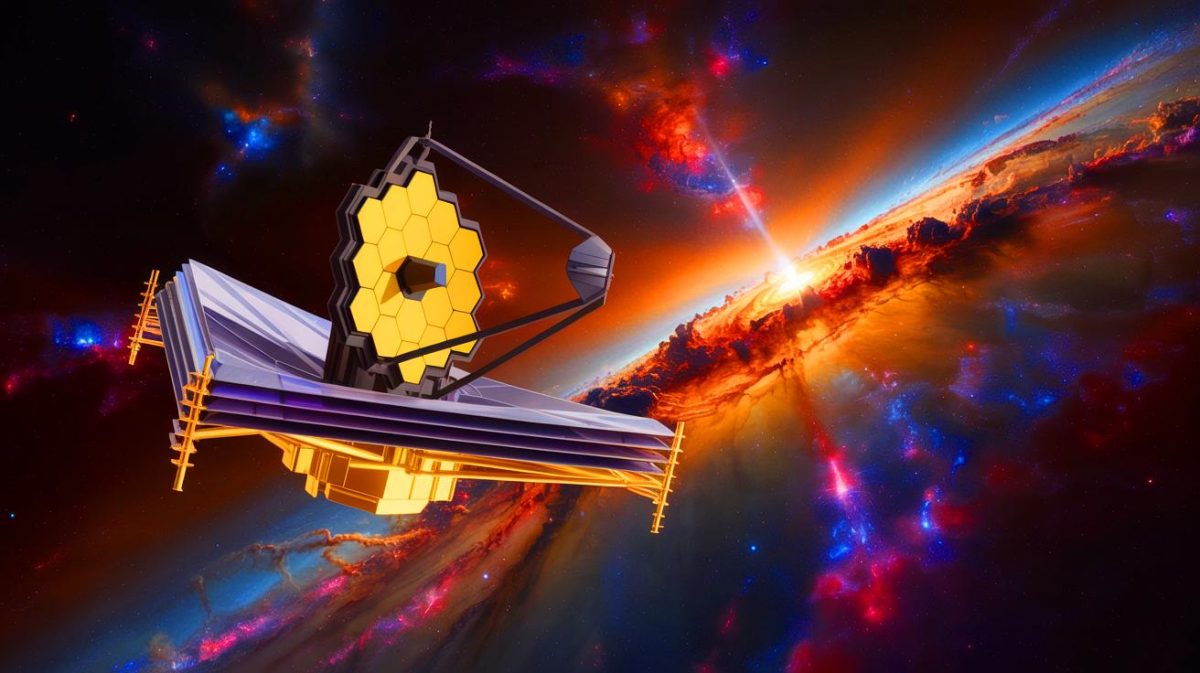| IN A NUTSHELL |
|
The vast expanse of the universe has always fascinated humanity, with astronomers striving to unravel its mysteries. However, the early universe remained largely unexplored due to the limitations of existing telescopic technology. The recent launch of the COSMOS-Web project has changed this narrative by providing the most comprehensive cosmic map to date, capturing images from as far back as 13.5 billion years. This breakthrough offers an unprecedented glimpse into cosmic history, thanks to the capabilities of the James Webb Space Telescope (JWST).
The COSMOS-Web Project: A New Era in Astronomy
The unveiling of the COSMOS-Web project marks a significant milestone in the field of astronomy. By leveraging the advanced technology of the James Webb Space Telescope, scientists have created a cosmic map that charts nearly 800,000 galaxies. This map covers an area equivalent to three full moons when viewed from Earth and encapsulates almost 98% of cosmic history. Such an achievement was made possible by the telescope’s 21-foot mirror, which allows it to capture faint traces of light from the farthest reaches of the universe.
The collaborative effort spearheaded by UC Santa Barbara and other institutions has resulted in a dataset that exceeds anything created before. The scope and depth of this project have provided insights into the universe’s formative years, offering a more comprehensive understanding of its evolution. The immense amount of data collected required sophisticated processing techniques, transforming raw images into accessible catalogs for further exploration and study.
Revealing Hidden Galaxies and Black Holes
One of the most astonishing aspects of the COSMOS-Web dataset is the discovery of galaxies and supermassive black holes previously unseen by the Hubble telescope. The sensitivity of JWST allows astronomers to observe much fainter and more distant galaxies, revealing celestial bodies that were formed in the early universe. This unexpected bounty of data has unearthed 10 times more galaxies than researchers initially anticipated.
The presence of these new galaxies and black holes presents a plethora of questions regarding the universe’s early stages. The data suggests that our understanding of the cosmological model might need reevaluation. Researchers are now faced with the challenge of explaining how such massive formations could develop within the first few hundred million years. These findings compel scientists to delve deeper into the mechanisms that governed the universe shortly after the Big Bang.
Public Access to Cosmic Data: A Collaborative Approach
The COSMOS-Web project stands out not only for its scientific breakthroughs but also for its open-access approach. The entire dataset is available to the public, inviting both professionals and amateur astronomers to explore and analyze the information. This democratization of data is expected to lead to new discoveries, as fresh perspectives may unlock further cosmic secrets.
The collaborative spirit of this project is emphasized by the words of UC Santa Barbara’s Caitlin Casey, who noted the value of diverse interpretations of the same dataset. By involving a broader audience, including graduate and undergraduate students, the COSMOS-Web team hopes to foster innovation and advance our understanding of phenomena such as dark matter and the physics governing the early universe.
The Future of Cosmic Exploration
As we delve deeper into the mysteries of the cosmos, projects like COSMOS-Web pave the way for future astronomical endeavors. The groundbreaking data provided by JWST not only enhances our knowledge of the universe’s history but also challenges existing scientific paradigms. This project exemplifies the potential of cutting-edge technology and collaborative research in pushing the boundaries of what we know about the cosmos.
The implications of these findings are vast, offering new avenues for exploration and understanding. As astronomers continue to analyze the data, they will undoubtedly uncover more about the universe’s past, present, and future. How will these discoveries reshape our comprehension of the cosmos, and what new questions will arise as a result?
Did you like it? 4.5/5 (26)









Wow, 13.5 billion years! The universe is older than my grandma’s jokes! 😂
How does the James Webb Space Telescope compare to Hubble in terms of capabilities?
Does this new map change our understanding of dark matter?
Thank you for sharing such fascinating insights into the cosmos! 🌌
Will amateur astronomers really be able to contribute to this project? 🤔
I wonder how scientists process such a massive amount of data.
800,000 galaxies? That’s mind-blowing! 😮
Why is the dataset available to the public? What are the benefits?
Are there any plans for future maps with even more detail?
It’s incredible to think we’re seeing galaxies that existed so long ago.
How do they determine the age of these galaxies?